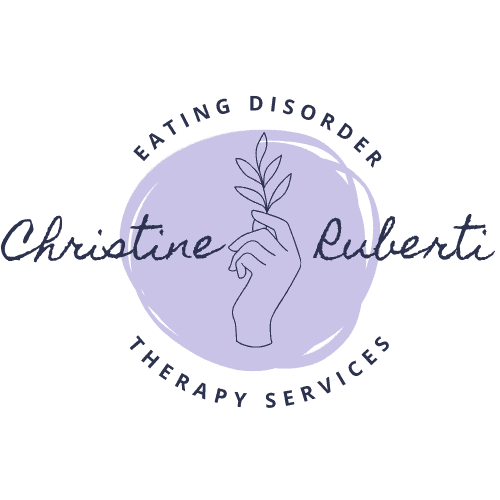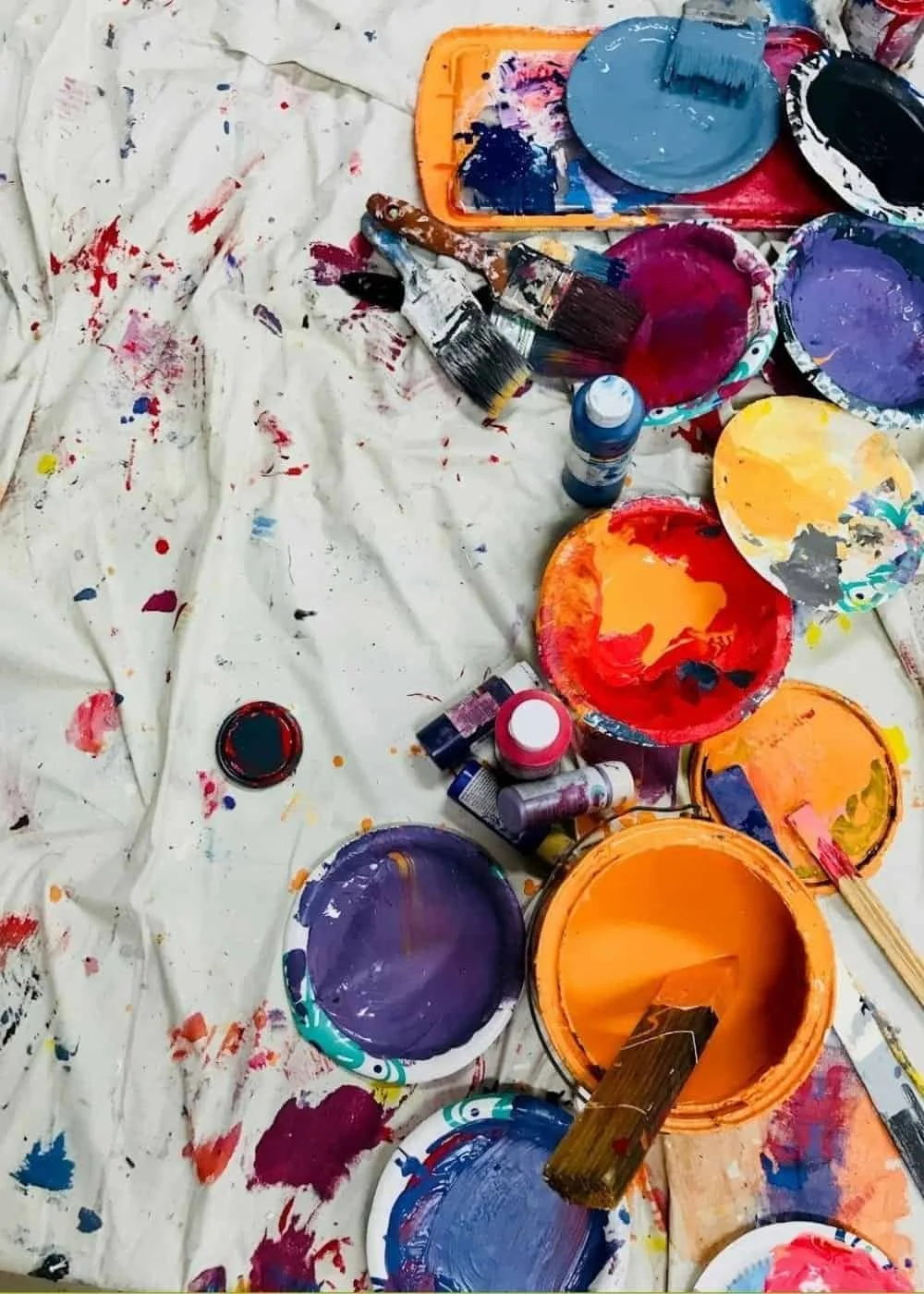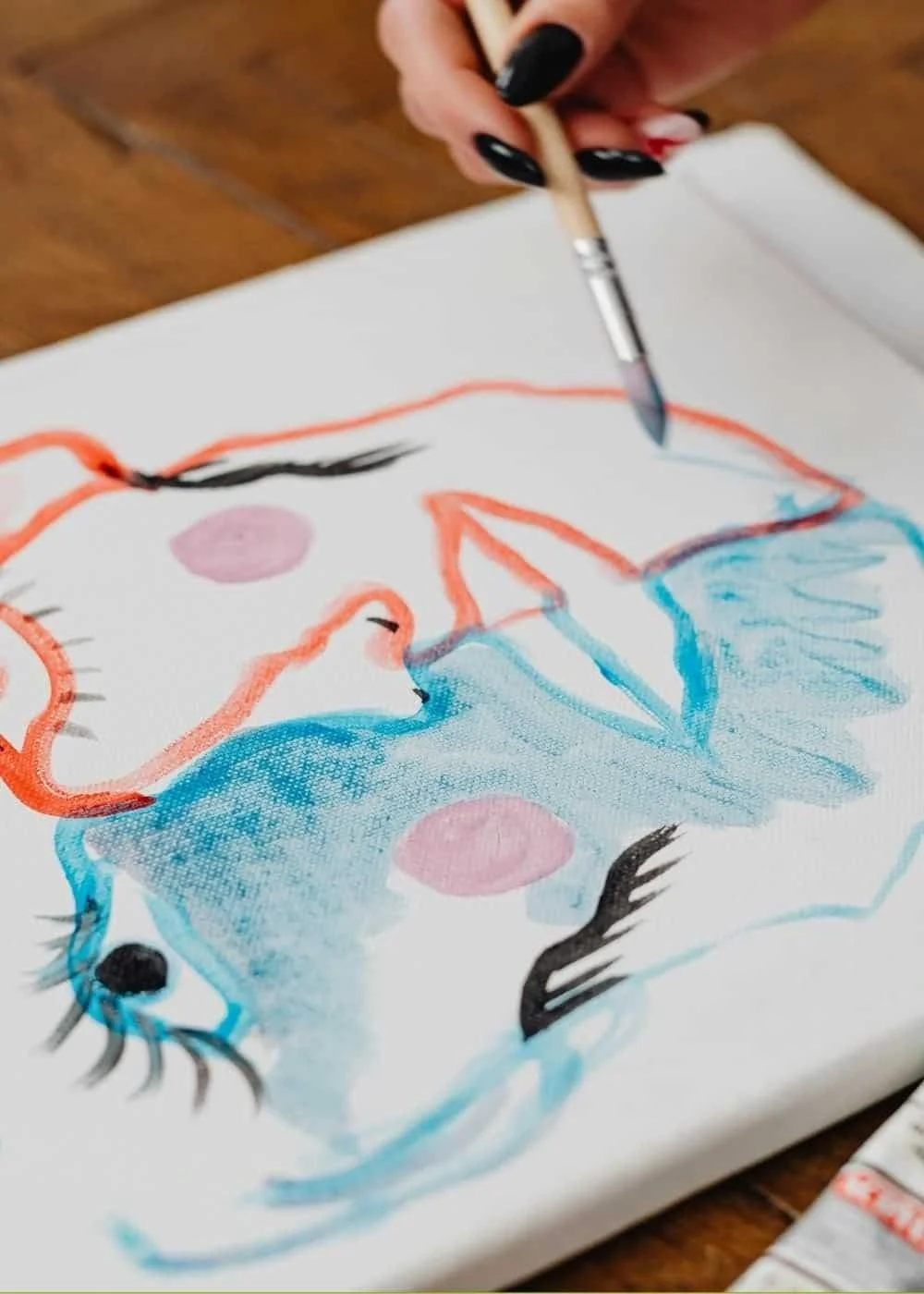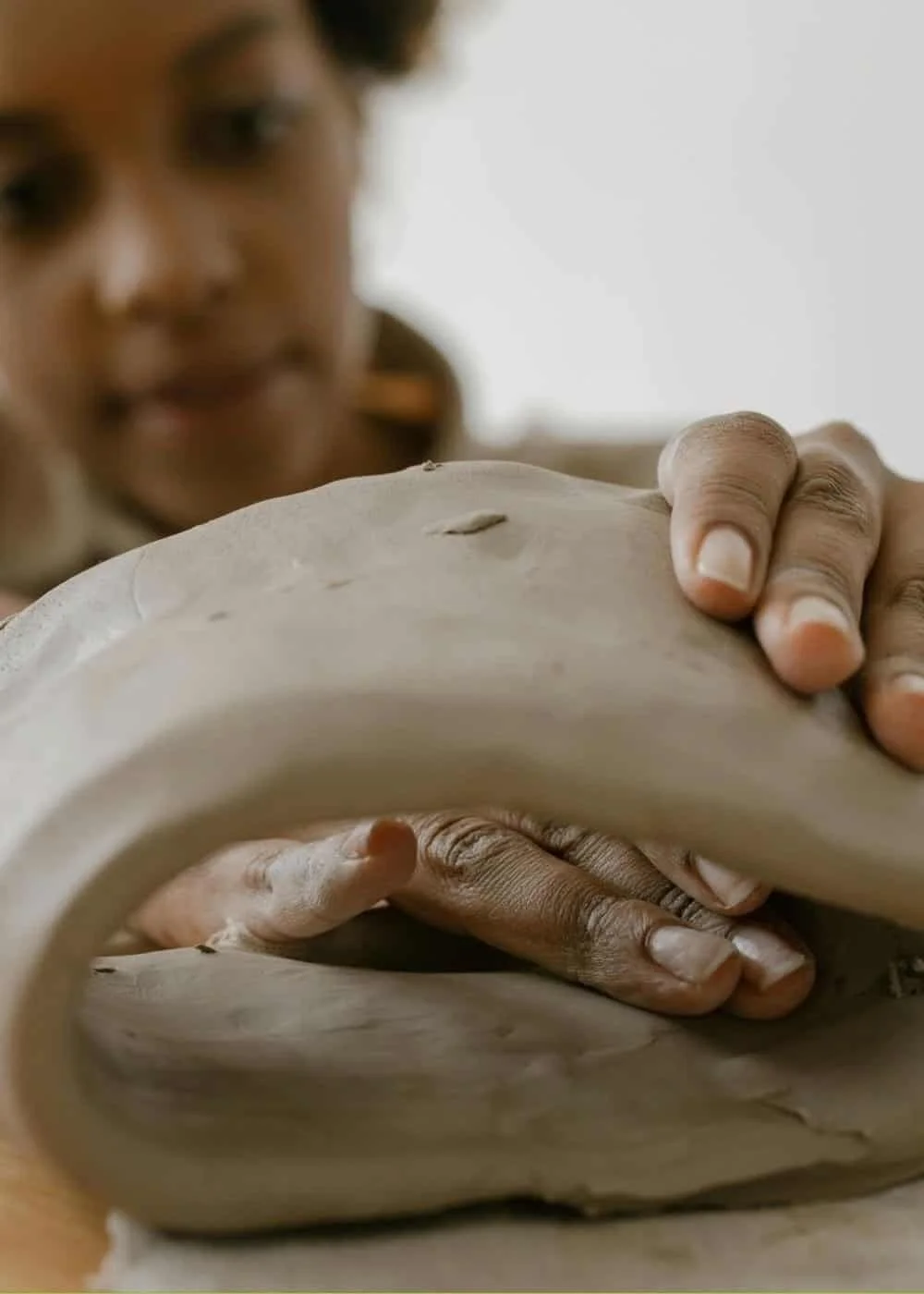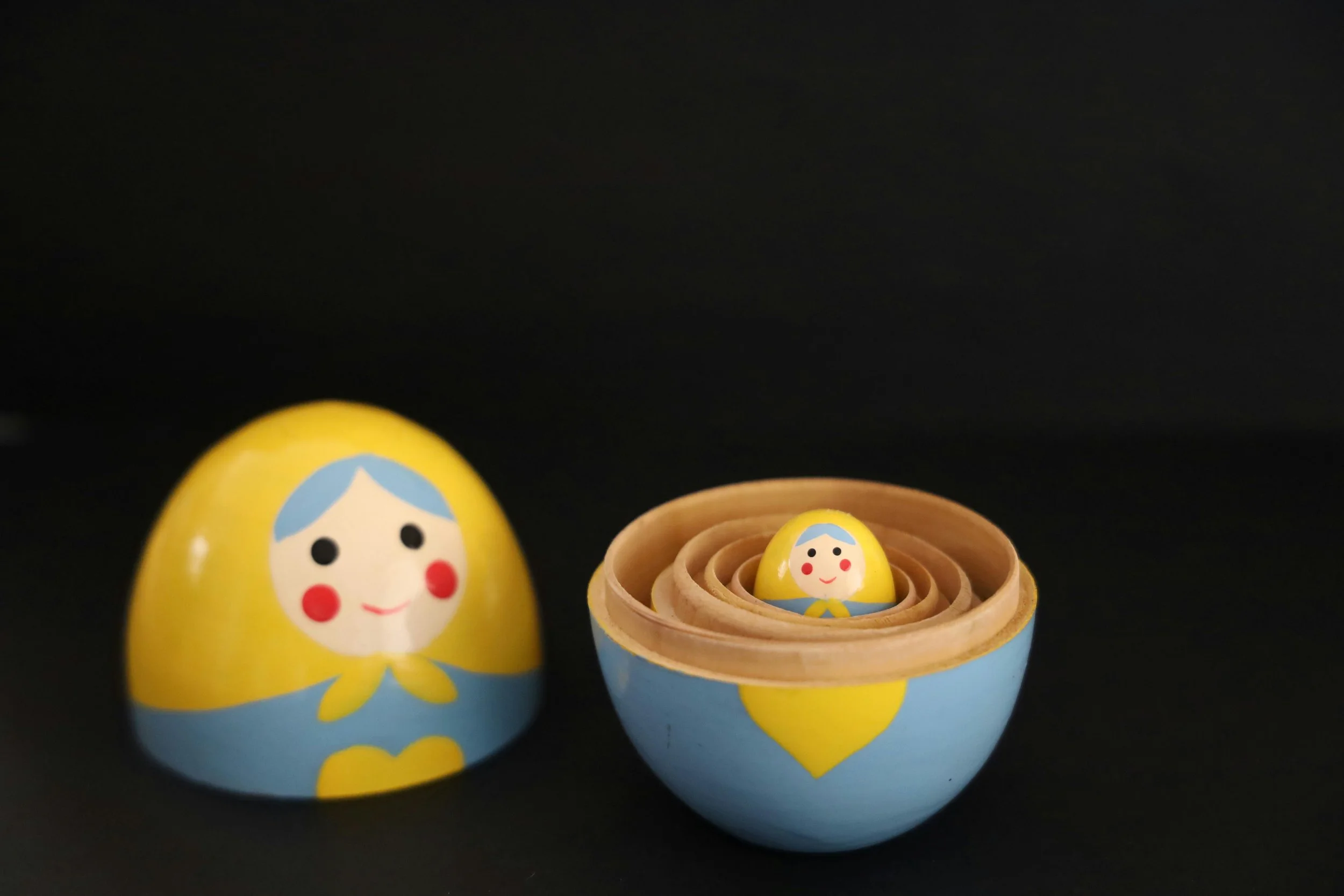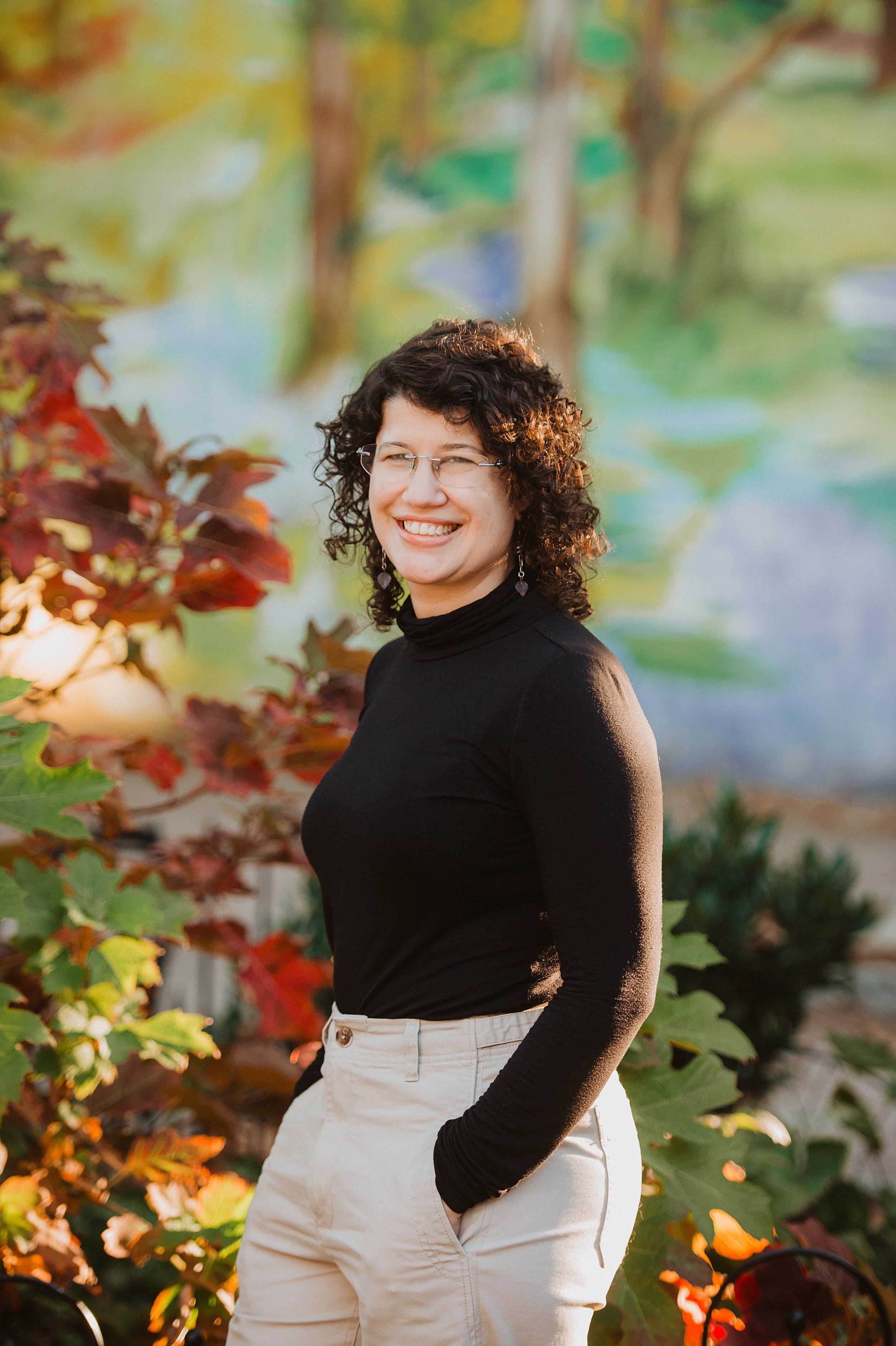a creative approach to healing when words fall short
Art Therapy for LGBTQ+ Individuals in Philadelphia
You’ve tried talk therapy, but you’re still stuck in the same unhealthy patterns.
Maybe you’ve been in therapy for years, but you’re still not getting better. You’ve found some helpful tools, but something still feels missing. Perhaps there are some areas in life where you want to go deeper, but you don’t know where to start. Or possibly talking about it feels too overwhelming. Traditional therapy isn’t working, and you need something different.
Are you someone who…
Feels overwhelmed when talking about certain topics or shuts down.
Is self-aware and needs more from therapy than just insight.
Rambles in session, and wishes there was more structure.
Struggles to remember details of the past.
Can’t fully open up in session because discussions feel too surface level.
Gets stuck in venting sessions rather than getting to the root of the issue.
What is art therapy?
-
Whether you’re overwhelmed, shut down, or just don’t have the words, creative expression has the ability to go beyond the thinking part of the brain. It’s a powerful way to process emotions, feel more grounded, and begin to heal at a pace that works for you.
Using simple tools like paint, collage, or clay, you can explore your thoughts, feelings and experiences without pressure or perfection.
Art therapy isn’t about skill or talent—it’s about using creativity to connect with who you really are. No art experience needed—just a willingness to be curious.
When making art, things have a way of coming out in honest and unexpected ways. You might not even realize what you’re feeling until it shows up on paper. Making art taps into something different. It gives your brain a break from overthinking and helps you connect to how you’re actually feeling.
If you’ve spent years hiding parts of yourself to fit in, having a space to be totally yourself can be life-changing.
For LGBTQ+ folks who’ve had to tone themselves down or play it safe, art therapy offers a powerful way to reconnect with who you really are.
-
Art therapy sessions are 60 minutes or 90 minutes long, and are offered a weekly basis or more frequently.
For in person sessions, you’ll have access to a variety of materials and techniques, but we won’t rush through the process. You don’t have to be "ready" or know what to create. Just showing up is enough.
Initial Session
I’ll spend some time getting to know you and what’s bringing you to therapy at this time. Together, we’ll define what you want out of therapy and what healing looks like for you.
The first two sessions are a chance to see if it’s a good fit for both of us. So there’s no pressure to commit right away, and you always have the option to end therapy at any time.
What a Typical Sessions Looks Like
Sessions might begin with an art prompt that we come up with together. If you’re not sure where to start, I can suggest prompts that relate to your treatment.
Some of my favorite icebreaker prompts:
Photo Collage - You’ll have access to a bin of pre-cut images and words. This can be a great first step if you’re not sure how you feel about drawing.
Engaging the Senses- Pick one of the 5 senses (sight, sound, smell, touch, taste) and take a minute to notice that experience. Show me what that looks like using line, shape and color.
Hand-Tracing - Trace the outline of your hand, and draw/write what you feel is within your control inside of the hand, and what you feel is outside of your control outside of the hand print.
Talking is Still Important
The second half of the session would be a conversation about your artwork. I would guide the discussion and make observations, while always centering what the artwork means to you.
-
It’s not about making something beautiful or "doing it right." It’s about:
Learning to better cope with making mistakes without beating yourself up.
Exploring your identity and lived experience in a visual, embodied way.
Releasing feelings around past experiences.
Rewriting narratives that don’t serve you.
Putting your thoughts and feelings on paper, so you can gain distance from them and start to understand them more clearly.
Increasing mindfulness by staying grounded in the present moment through art-making.
You are in control of the process, and we’ll always go at your pace. I’ll frequently check in with you to see how you’re feeling throughout the process, and there will always be the option to take a break if things feel too overwhelming.
Creative Healing for Gender Identity, Eating Disorders, and Mental Health
If traditional talk therapy hasn’t felt like the right fit, you’re not alone.
Art therapy offers a different path: one where creative expression becomes a powerful language for what’s hard to say out loud.
For many LGBTQ folks—especially those navigating trauma, identity questions, or eating disorder recovery—healing starts with honoring your nervous system and engaging your senses. This grounding and gentle approach can help you ease into therapy at a rhythm that feels comfortable for you.
As a registered, board-certified art therapist specializing in queer-affirming care, I offer a space where you can show up fully, explore safely, and begin to reconnect with yourself in new and meaningful ways.
Art therapy blends well with queerness due to the inherent fluidity of creativity and its ability to tap into your unique self. Creating art has the ability to offer just enough structure without making you feel stifled.
other therapeutic approaches
In my Philadelphia practice, I combine art therapy with Internal Family Systems (IFS), psychodynamic therapy, and when appropriate, Exposure and Response Prevention (ERP) to create a comprehensive treatment approach tailored to your specific needs.
Art therapy blends beautifully with these modalities to help you break old patterns and shift the way you feel about yourself on a deeper level. Some people do just art therapy while others combine art therapy and talk therapy. It’s entirely up to you and your goals.
There is no right or wrong to make art and anyone can benefit from art therapy. You don’t need to have artistic skill nor to you need to be a trained artist. All you need to do is show up, and I will guide you throughout the process.
Whether you're a non-binary professional struggling with perfectionism, a trans individual navigating relationship changes, or someone working through gender identity and eating disorder recovery, art therapy services offer a powerful tool for transformation.
What we’ll work on
With Art Therapy, you can…
Connect to your body’s senses through the feel of clay or the motion of painting to calm your nervous system and ground you in the moment.
Let go of perfectionism in a safe, supportive environment so you can manage your anxiety better outside of the therapy room.
Release thoughts and feelings on paper, so they feel less overwhelming and more manageable. Externalizing your inner world helps increase self-awareness.
Clear the brain fog and connect to what actually matters to you, so you can move forward feeling more like yourself.

Who benefits from art therapy services?
LGBTQ Individuals and Gender Diverse Communities
If words feel too limiting—or like they just don’t quite fit—art can help you explore your identity in a way that feels honest, open, and pressure-free. Gender can be messy, tender, and deeply personal—and you don’t need to have it all figured out to show up here. Through creative expression, you can process the questions, grief, joy, or anything in between.
Partners and Parents of Trans Individuals
When someone you love is transitioning—whether it’s your partner or your teen—it can stir up a swirl of emotions all at once. Grief, joy, fear, love—it’s all valid. Art therapy gives you a space to work through whatever’s coming up, without judgment or pressure to have the “right” reaction. You don’t have to explain everything perfectly—you just get to feel it, and begin to make sense of what this new chapter means for you.
People with Eating Disorders
If recovery spaces have ever made you feel unseen or “othered,” you’re not alone. A lot of traditional eating disorder treatment wasn’t built with queer folks in mind—and it shows. I do things differently. You get to show up as your full self here. Through art, we’ll explore your relationship with your body in ways that feel safe, affirming, and aligned with who you really are.
Individuals Managing Anxiety, OCD and Trauma
If you’re dealing with anxiety, OCD, or trauma, art can help make the work feel a little more manageable. Art therapy can make the tough stuff feel a little more doable. Whether you’re working through anxiety, intrusive thoughts, or past trauma, having something creative to focus on helps you stay present without feeling overwhelmed.
My Specialized Approach to Art Therapy
What makes my approach distinct is the integration of multiple therapeutic modalities with genuine cultural competency for LGBTQ+ experiences. During art therapy sessions, you might:
Create visual representations of the different parts of yourself
Use collage to explore different aspects of your identity
Work with clay to physically shape narratives about your body and self
Design masks representing how you present to the world versus your inner experience
Develop a visual journal to track your healing process
Use digital art or photography to document moments of gender euphoria or recovery milestones
What you make in art therapy can surprise you. Art has a way of getting to the truth—even when you’re good with words. It can show you sides of yourself you didn’t know were there, and give you a safe place to hold it all.
What to Expect in Art Therapy Sessions
Getting Started
Your journey begins with a free 20-minute phone consultation where we discuss what's bringing you to therapy and whether my approach aligns with your needs. If we decide to move forward, I'll help you set up your client portal and complete intake paperwork.
During our first art therapy session, we'll explore your current mental health challenges, what motivates you toward change, and your hopes for recovery.
I'll explain how art therapy works and what you can expect in upcoming sessions. These initial meetings help us determine if we're a good therapeutic match—finding the right fit is crucial for effective therapy.
Ongoing Treatment
We usually meet once a week for an hour, but if you’re going through something big—like eating disorder recovery or a major life shift—we can meet more often or for longer sessions when needed. All materials are provided, and no art experience is necessary. In fact, if you’ve never made art before, you might find it easier to let go and just explore.
Between sessions, I might offer a few journal prompts or gentle challenges to help you keep the momentum going. If we’re working on OCD, that might include small, doable exposure exercises to help you face what feels hard. You won’t be doing it alone—you’ll be building skills and self-trust as we go.
Unique Benefits of Art Therapy for Mental Health
Bypassing Verbal Limitations
Sometimes words just don’t cut it—especially when it comes to identity, trauma, or how you feel about your body. Art can help you say the things that don’t come out any other way. It’s especially helpful for experiences that feel too big, too painful, or just don’t fit into neat boxes
Building Self-Esteem and Self-Awareness
There’s something powerful about turning scraps of paper or paint into something that feels true. It’s a reminder that even when life feels messy, you’re still capable. Each piece you create is proof that you can take what’s inside and turn it into something real and meaningful.
Developing Lasting Coping Skills
Art therapy gives you tools you can actually use—both in and out of session. The skills you build don’t just stay in the therapy room. A lot of folks find that making art becomes something they naturally come back to, especially when they need to feel grounded, process emotions, or care for themselves long after our work together ends.
Processing Complex Identities
Life doesn’t happen in a vacuum. You might be in eating disorder recovery while navigating queer identity, supporting a partner’s transition while pregnant, or exploring gender while managing OCD. When you’re holding a lot at once, it can be hard to find a space that really gets it. In art therapy, you don’t have to compartmentalize—you get to bring your whole self, just as you are.
Integration with Other Therapeutic Approaches
While powerful on its own, I integrate art therapy with other therapeutic approaches for comprehensive mental health care:
Internal Family Systems (IFS)
Visual representations of different parts of yourself help understand internal conflicts around identity, recovery, or relationships.
Psychodynamic Therapy
Patterns in your artwork reveal unconscious conflicts or defenses, providing material for deeper exploration within the psychotherapeutic relationship.
Exposure and Response Prevention (ERP)
Creating art after exposure exercises helps consolidate learning and build confidence in facing fears.
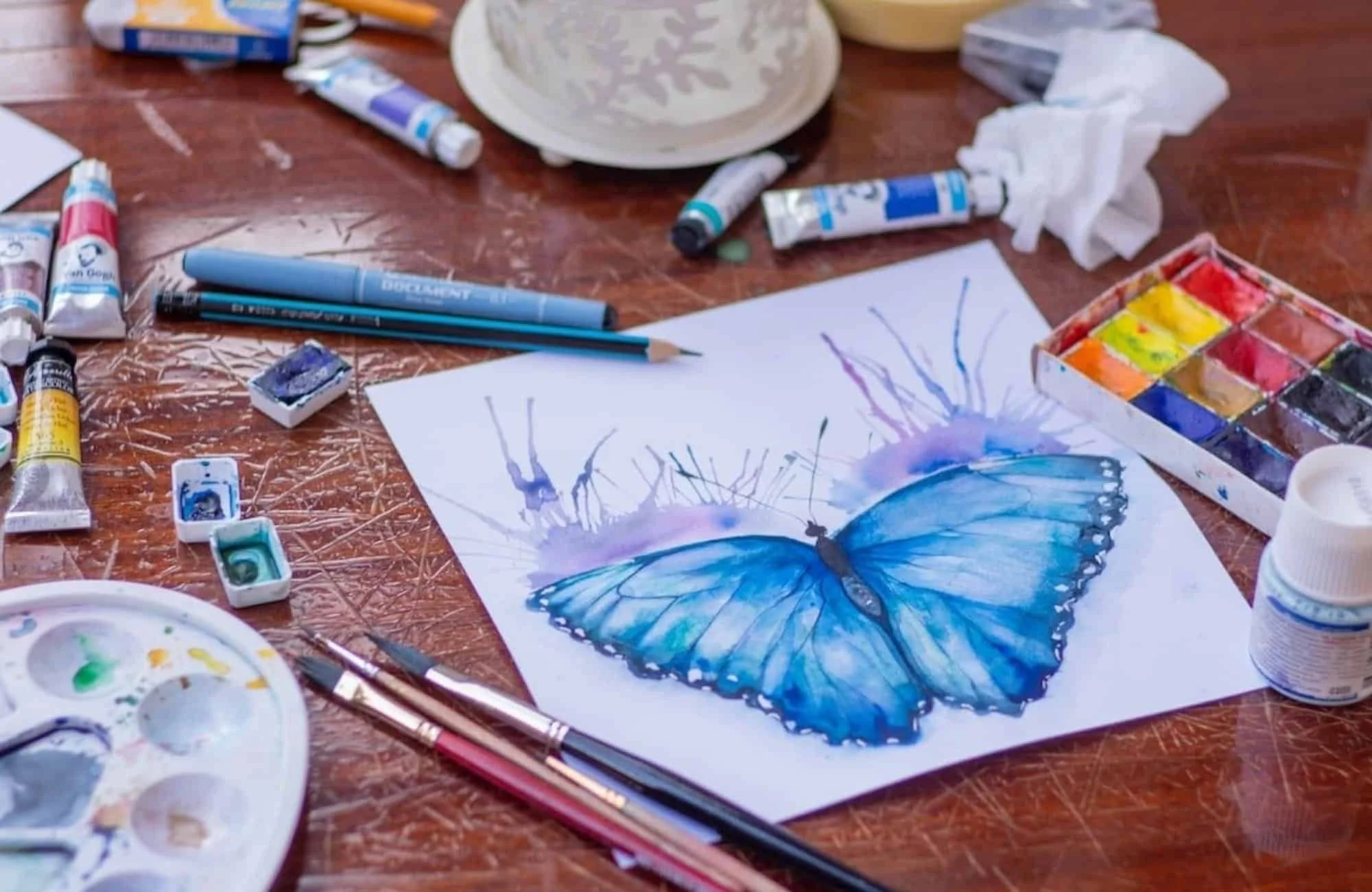
When talking isn’t enough, creating opens the door to change.
Art therapy helps you get unstuck in ways words never could.
Questions?
FAQs
-
Artistic background is not required to experience the benefits of art therapy. You don’t need to be “artsy” or think of yourself as a creative person.
There is no right or wrong way to make art in art therapy. The artistic process doesn’t need to lead to something you would display (though you can if you wanted to!).
You don’t need to make art that is pretty, perfect or even understand what comes up. Sometimes the most effective work comes from unexpected places.
You may be offered the chance to try different art materials, but no skill is required.
-
Yes! I offer in person sessions on Mondays, Wednesdays and Thursdays at my office in Society hill, Philadelphia.
-
Yes! Art therapy is offered for in person and telehealth. The only difference is you would need to provide your own supplies for telehealth. A lot can be done with basic drawing supplies such colored pencils and paper.
-
For in person sessions, no. All supplies will be provided for you in session.
For online therapy, you will have to provide your own supplies. You only need basic drawing supplies like paper, pencils, crayons and markers.
Why Choose My Art Therapy Services?
As a credentialed art therapist with specialized training in both LGBTQ+ affirmative care and eating disorders treatment, I offer something unique in Philadelphia's mental health landscape. My personal connection to the trans community, combined with professional expertise in expressive therapies, creates a therapeutic space where you can show up fully as yourself.
Unlike approaches that pathologize uniqueness or force you into predetermined recovery models, my practice honors the richness of queer and trans experiences.
Art therapy becomes not just a tool for healing but a celebration of your authentic self—acknowledging that your queerness or transness isn't a problem to solve but an integral part of who you are.
The effectiveness of art therapy in my practice comes from this combination of professional skill, personal understanding, and genuine commitment to creating inclusive therapeutic spaces.
Whether you're dealing with the intersection of gender identity and eating disorders, supporting a loved one through transition, or simply seeking mental health support that aligns with your creative, authentic self, art therapy provides the framework for profound transformation.
Begin Your Creative Healing Journey Today
Reaching out for support takes guts—especially when you’re holding a lot. If you’re feeling ready—or even just curious—I’d love to offer a free consultation so we can see if art therapy feels like the right fit for you.
Together, we can create a therapeutic experience that honors who you are while supporting who you're becoming. Your story deserves to be told in all its richness, and art therapy provides the canvas for that expression.
Contact me today to schedule your free 20-minute consultation and discover how art therapy can transform your path to healing.
